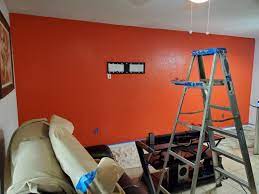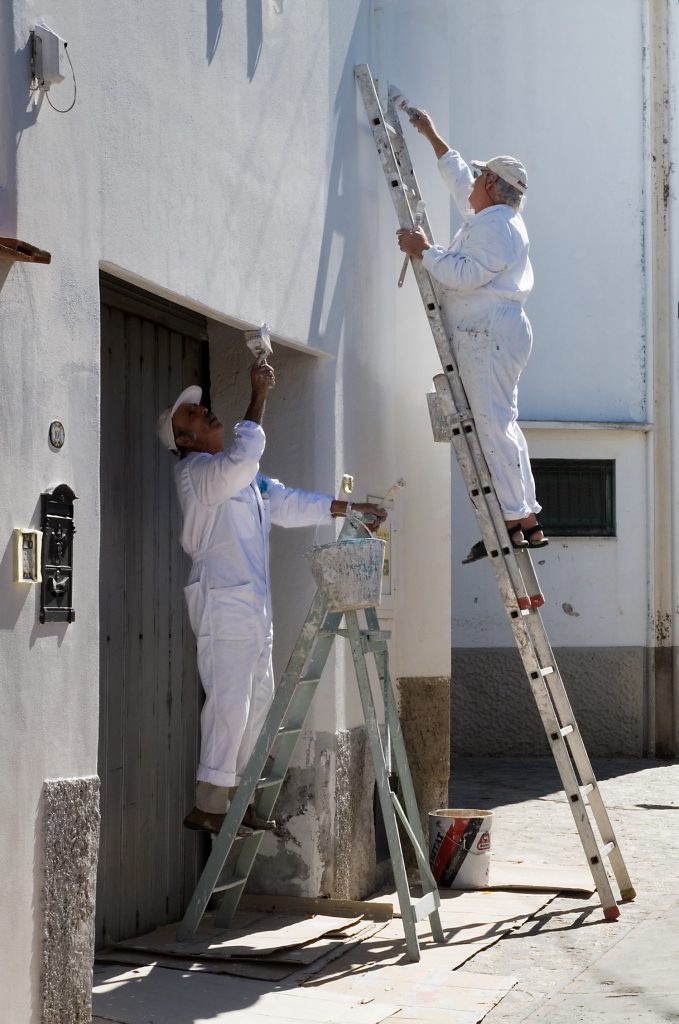
Granular Paint: How to Get a Perfectly Smooth Paint Finish
Summary
– What is grainy paint?
– How to get a perfectly smooth paint finish?
You are going to paint your walls, and you want to get a perfect result. You’ve already painted your house, but the paint looked grainy when it dried. With our tips, find out how to avoid grainy paint on your walls and paint with peace of mind.
What is grainy paint?
It is a paint that, once dry, presents a grainy aspect to the eye and the touch. It is characteristic of substrates that are poorly prepared before the product is applied.
A grainy paint cannot disappear under a new coat of paint without a preliminary work of sanding to remove it. Perfect preparation of the supports to be painted is thus necessary not to waste your time and money.
How to obtain a perfectly smooth paint finish?
For acrylic or glycerol paint, it is necessary to prepare the surfaces before painting. It is also essential to perform some operations between each coat.
The material to provide
– A sanding block and sandpaper of different grains;
– Filler in paste form;
– Smoothing compound in powder form;
– 7 to 20 cm coating knives.
Preparing the walls

First step: filling holes and cracks
After having dug and enlarged, if necessary, the imperfections of the wall to be painted, apply the filler, trying to obtain a reasonably homogeneous surface without too much relief. Let dry 24 hours and apply a second coat if necessary.
Second step: sanding before smoothing
Sand the wall with the sandpaper attached to the sanding block. You will have taken care beforehand to protect your floor with a plastic sheet to avoid dirtying it. Equip yourself with a mask so as not to breathe the dust from sanding.
Dust the walls with a brush or a slightly damp mop.
Good to know: if you want to clean the floor with a vacuum cleaner, use only a “canister” type model designed to suck up construction dust.
Third step: applying the smoothing compound

I prefer a powdered filler to a paste filler, which may be too dense and difficult to apply.
Prepare the coating with water according to the manufacturer’s instructions. Coat the wall with a knife in parallel overlapping strips. Smooth with a spatula, pressing down to spread the plaster to a 1 to 2 mm thickness. Do not go over a drying or already dry area.
If the result is not perfect, wait 24 hours for complete drying and apply a second thin coat.
Step 4: Sanding the smoothing compound
Sand your wall to remove defects with your sanding block equipped with fine sandpaper.
Step Five: Apply undercoat
Apply an undercoat to finish your work and obtain a perfectly smooth wall before the final painting.
If you follow all of these steps, there is no risk of getting a grainy paint job.
Good to know: if all these steps seem tedious, do not hesitate to call a professional who can give you a perfect result.
Read more:
-
- How Do You Paint Over Previously Painted Walls;
